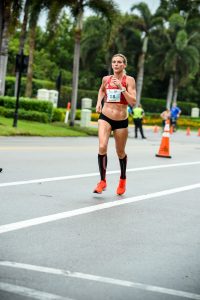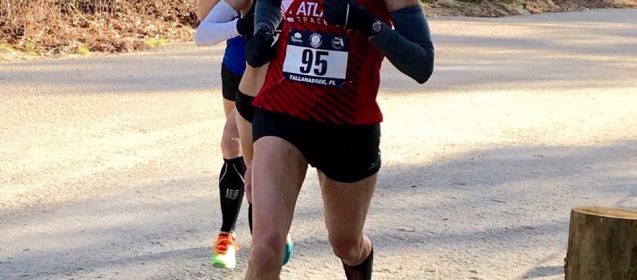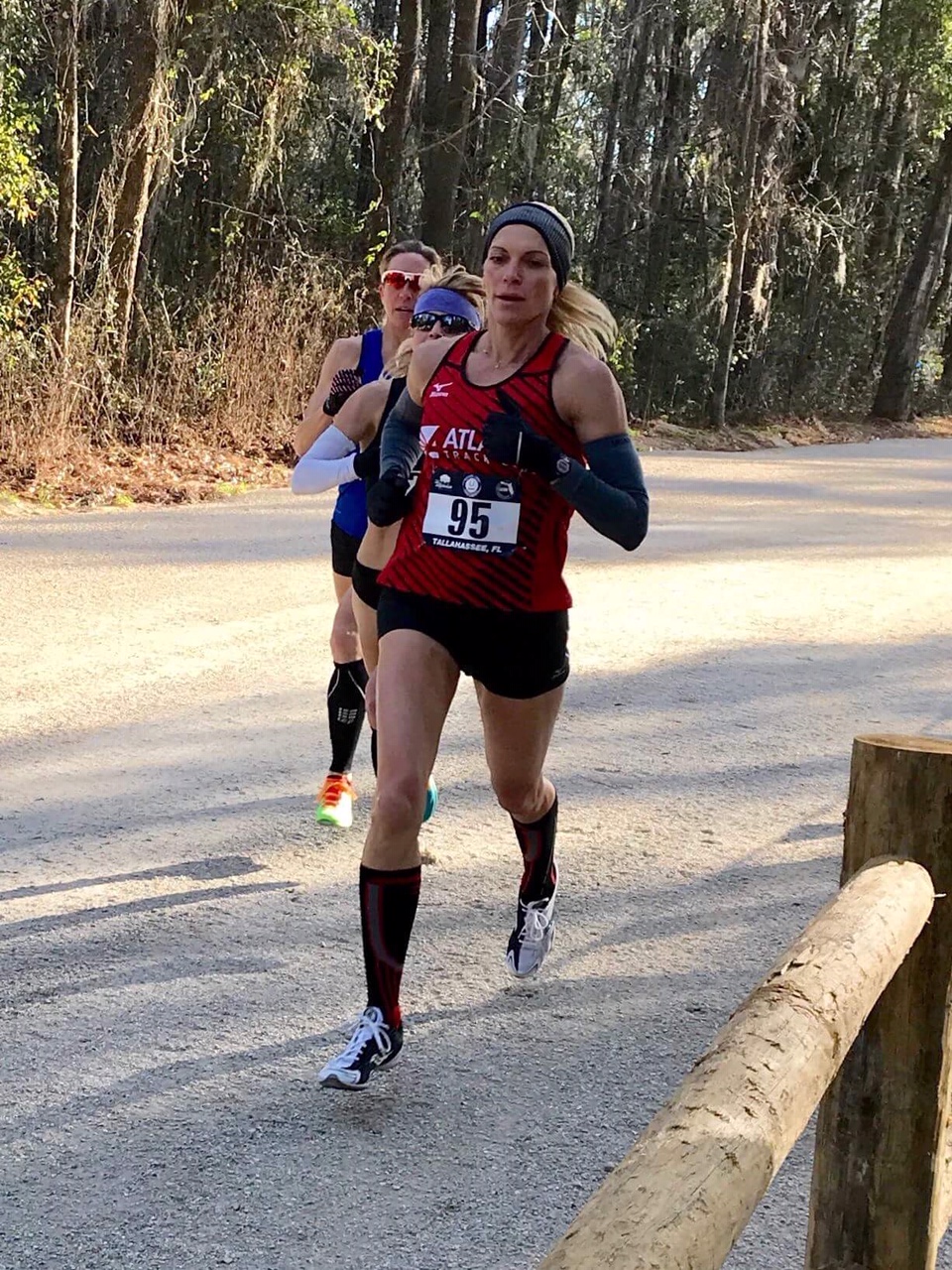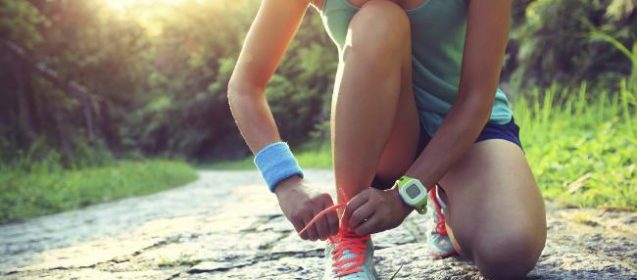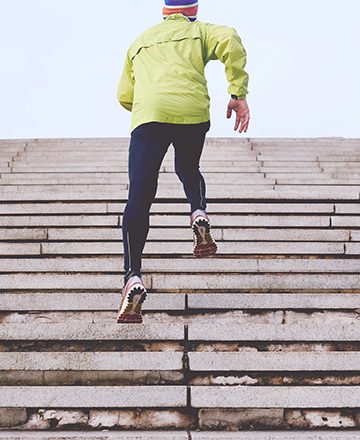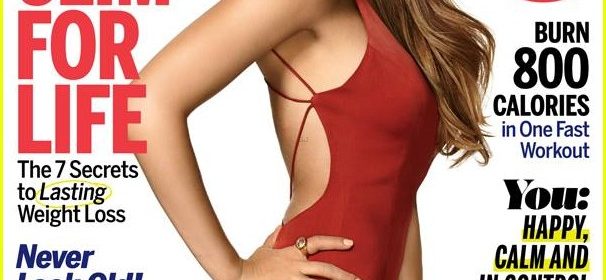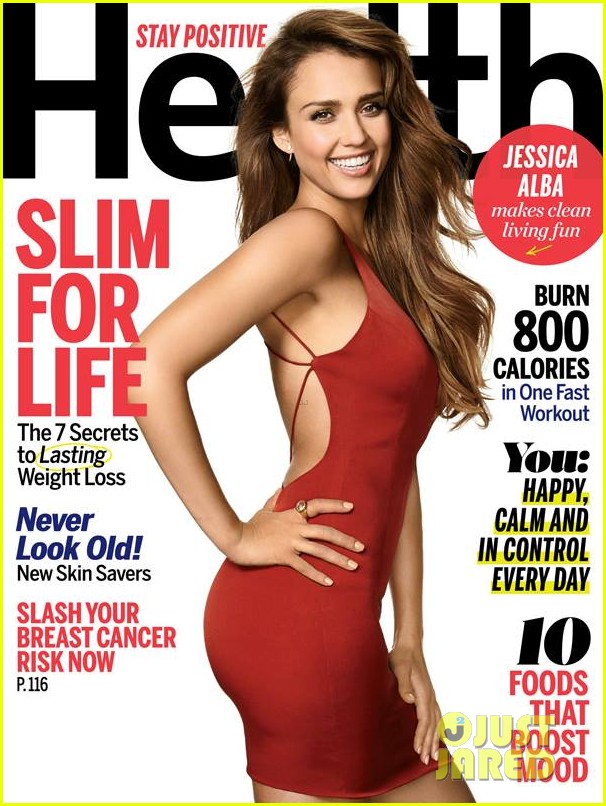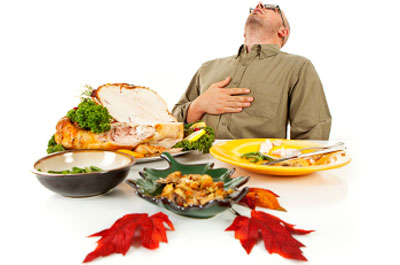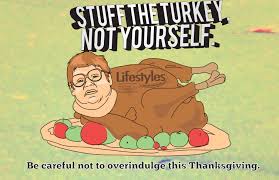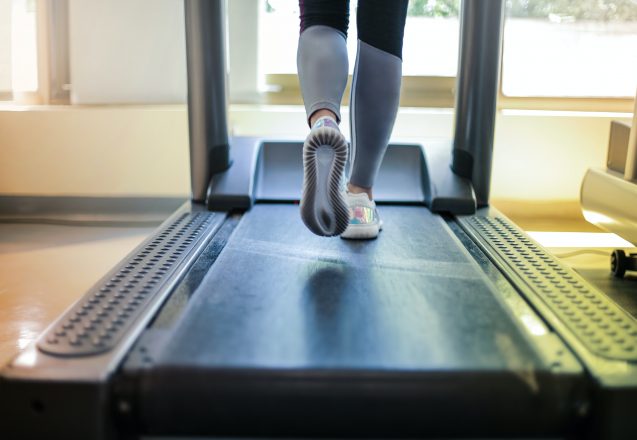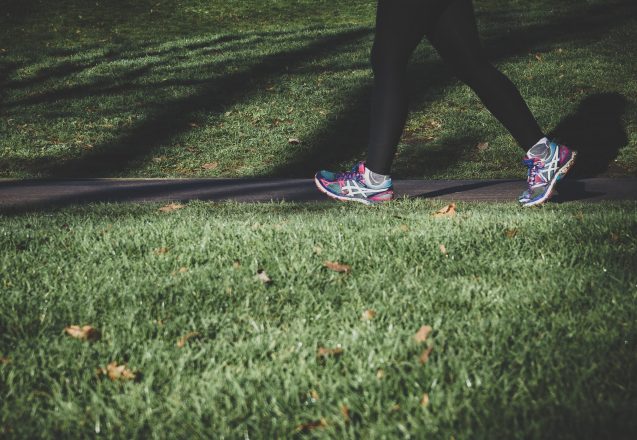MINERAL BALANCE A DISTANCE RUNNER’S SECRET WEAPON
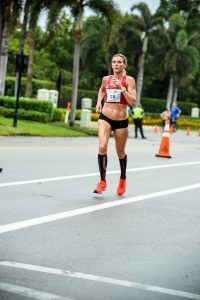 I have long understood and appreciated the value of glycogen and hydration balance while training and racing distance events. I never gave much thought however to mineral balance until l trained for and raced my first marathon years ago in the intense Florida heat and humidity!
I have long understood and appreciated the value of glycogen and hydration balance while training and racing distance events. I never gave much thought however to mineral balance until l trained for and raced my first marathon years ago in the intense Florida heat and humidity!
In conversations with accomplished triathletes and seasoned southern marathoners I learned that minerals are just as important as you go the distance as are those treasured glycogen stores. I did a little “digging” into some research and here is what I found:
Basically, there are 12 inorganic salts or “cell salts” that are vital to healthy functioning tissues. Deficiencies in any of these salts can result in a number of symptoms throughout the body. For a runner, this includes anything from loss of flexibility, sluggishness, difficulty breathing, stiffness and swelling in the joints (any of those sound familiar after mile 18?).
Fortunately, in the 1800’s a German physician, Dr. William Schuessler found that when these deficiencies were corrected with appropriate micro doses of these salts the body could heal itself. There is a specific and complex process regarding how these salts are prepared and manipulated in order to enter the blood stream speedily and be absorbed completely, but the result is that they actually improve the body’s balancing mechanisms and mineral intake capacities allowing for greater flexibility, elasticity, water balance and oxygen intake. These salts are prepared in such a way that they actually stimulate the body to improve the way it absorbs minerals from ingested food!
What does that mean in plain English?
You’ll feel your pace is steadier, your gait more even, and your ability to concentrate and perform under stressful situations improved with weaker concentrations of biological agents.
The following guide from Dr. Lauri Grossman’s article on “Cellular Fitness” will assist you in determining if you might benefit from any one of the 12 cell salts. Remember to observe changes over time…it generally takes the body 30 days for cells to renew so wait at least 4 weeks or so to determine a positive difference.
- Calcarea Fluorica: the elastic tissue builder. This tissue salt aids runners with varicose veins, fibrous growths, and poor circulation. It is especially useful for those who develop painful bone spurs. When Calcarea Fluorica is present in cells, muscle fibers have great elasticity and contractile power.
- Calcarea Phosphorica: a restorative tonic. This is for athletes who report overall debility and sluggishness and for those with a history of neck or back pain, bone weakness, or fracture. Ample amounts of cellular Calcarea Phosphorica are reflected in toned musculature and good digestion. When the body has limited supplies of Calc Phos, there is an imbalance in bone formation and delayed healing of sprains and fractures.
- Calcarea Sulphurica: a blood purifier. Although this is not a “runner specific” remedy, it is appropriate for runners who get frequent colds and sore throats and for those whose skin appears unhealthy. The key indicator for deficiency of this mineral is yellow colored mucous or discharges (from wounds, expectoration, etc.), especially those that last a long time or take a long time to heal. Calc Sulph acts to purify the blood and stimulate the cleansing of waste products from the bloodstream.
- Ferrum Phosphoricum: the oxygen carrier. This is an ideal supplement to have on hand for first aid situations and quick onset illnesses. Ferrum Phos aids in the healing of first stage inflammations, when there is fever, pain and redness of the skin, cuts or bruising, and quickened pulse. Perhaps not necessary on a daily basis, but certainly something that can come in handy in emergencies or on a first aid basis.
- Kali Muriaticum: the blood conditioner. When this mineral is lacking, individuals feel sluggish and get sick with stuffy colds, chronic coughs, swollen glands, digestive worries or constipation. Achy inflamed joints are found as well.
- Kali Phosphoricum: nerve food. Think of this mineral in times of mental and physical exhaustion, especially after periods of stress or overexertion. If you frequently feel fatigued with irritability, restlessness, anxiety or nervous headaches, Kali Phos may provide relief for you. It is especially beneficial to students or professionals who spend long hours doing mental work, as Kali Phos helps nourish brain cells. “The homeopathic Cell Salts are prepared in such a way that they stimulate the body to improve the way it absorbs minerals from ingested food.”
- Kali Sulphuricum: the oxygen exchanger. When individuals are lacking this mineral, they often come down with asthma, chronic nasal obstruction, and/or bronchitis. Sometimes they will snore as well. As with deficiencies of other Sulphur containing minerals, mucous and discharges tend to be yellow. Yet with Kali Sulphuricum alone, symptoms tend to be worse in the evening. Kali Sulph will enhance respiration and perspiration so that oxygen levels are improved within the tissues. This means that muscles can contract more efficiently and they can fire for longer periods of time without fatigue, i.e. greater endurance.
- Magnesium Phosphorica: the nerve stabilizer. This is one of the classic remedies for neuralgia. If you experience menstrual cramping, stomach spasms, sciatica, headaches with stabbing pain, or muscular twitching, then Mag Phos can be utilized as an anti-spasmodic to relax the tissues. It also benefits the nervous system to ensure rhythmic movement of muscular tissue. For the runner specifically, Magnesium Phosphorica is an excellent remedy for anyone with a tendency for leg cramps. “You can use combination formulas after strenuous workouts by adding it to your water; This assures that all imbalances will be addressed.”
- Natrum Muriaticum: the water balancer. One of the most diverse tissue salts, Natrum Muriaticum is applied for more conditions and used by individuals than any other mineral salt. It is recommended by homeopaths around the world for depression, migraines, hay fever, watery blisters, watery swellings, fluid accumulations, colds, dry mouth, and cravings for salt and salty foods. Natrum Muriaticum will distribute fluids more evenly in the body, thereby aiding nutrition, glandular activity and cell repair.
- Natrum Phosphoricum: the acid neutralizer. If you experience acid stomach, a sour taste in the mouth or flatulence when running, you will be delighted to learn about this cell salt. Natrum Phosphoricum neutralizes the gastrointestinal and aids in the digestion and assimilation of fats and other nutrients.
- Natrum Sulphuricum: the excess water eliminator. This is a deep acting remedy for a wide variety of complaints. For runners, it proves the most helpful for diarrhea, kidney and bladder weakness and for respiratory, gastric, and rheumatic conditions that significantly worsen in damp, hot weather.
- Silica: the tissue cleanser. Whenever there is pus formation (as in styes, boils, or abscesses), a strong odor to the body (smelly feet or armpits), or insufficient perspiration, Silica is needed to help cleanse the tissues and eliminate wastes. Silica also helps to speed up the healing process, to insulate nerves, and to restore the healthy cleansing activities of the skin.
Important Notes:
• Combinations of certain cell salts have proven effective for several specific ailments. Runners Have reported good results when Silica 6x, Calcarea Fluorica 6x, and Calcarea Phosphorica 6x are taken in combination to help strengthen the knee. You would want to consume them three times a day for two weeks and consider repeating in a month if necessary. Knee injuries are often quite painful, but what’s worse is that they often recur. The above combination should help an injury heal completely.
• If you are a runner who suffers from chronic sprains (especially ankle sprains), Strontium Carbonicum is another low dose homeopathic remedy that can provide relief (though not considered one of the twelve Schussler salts).
• For those of you who have many areas of weakness or concern, it is possible to take all 12 Cell Salts in combination form. It is also advisable to take a combination supplement as a restorative during and after periods of excess stress or debilitating illness.
• “Because the cell salts are taken in such low dosage, it is best to take them away from meals, and before or after a run.”
*Dr. Grossman is the Chair of the Department of Medicine and Humanistic Studies at the American Medical College of Homeopathy. She is a champion of the organic foods movement and an advocate of integrative and sustainable medicine in America. She has been in practice for over 30 years.
**Sonja Friend-Uhl is an ACE Certified Health Coach, a USATF Certified Running Coach, and lifelong elite runner with a World Record in the Indoor Women’s Masters Mile (4:44.84). Sonja has represented Star Trac as a Master Trainer and presenter since 2006.

